Make Room in Your Routine for Exercise While You are Pregnant
While you’re pregnant, an exercise routine can help both your mind and your body feel good and have benefits for your growing baby.
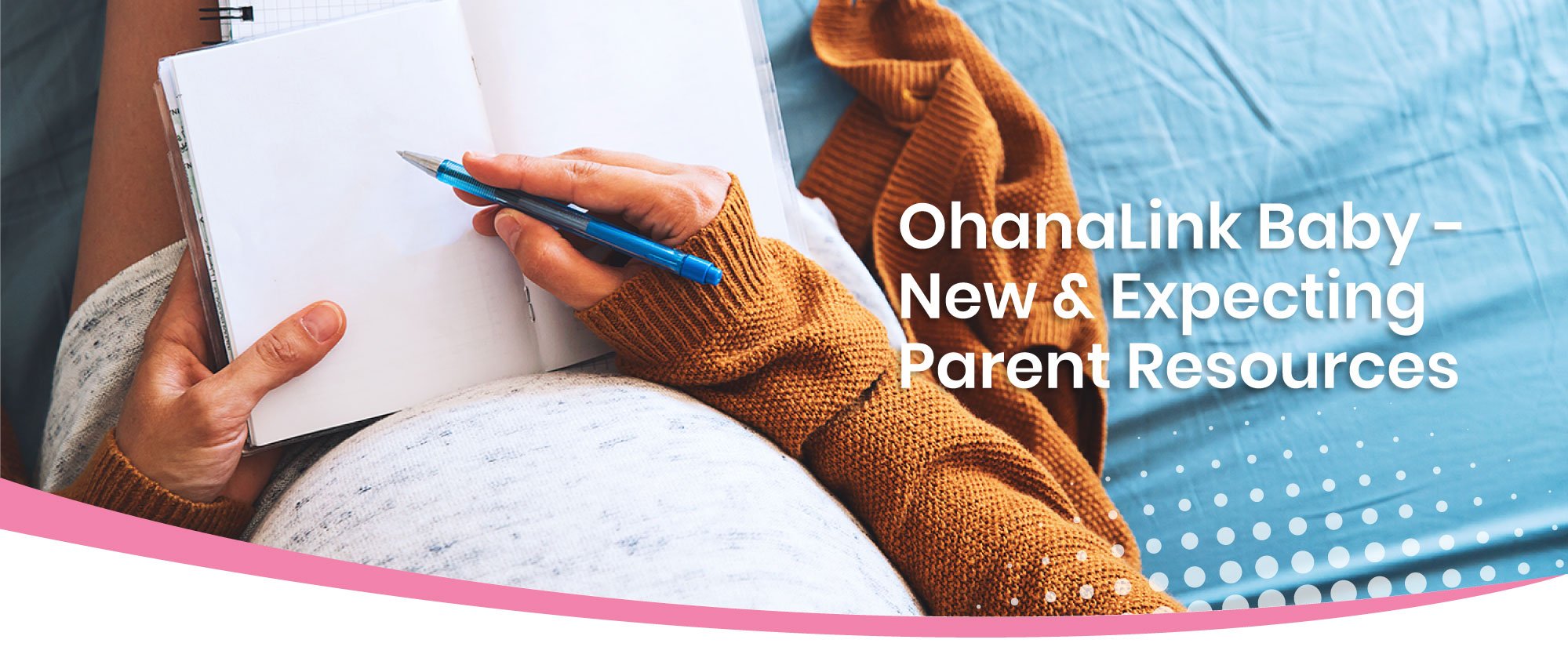

Posts about:
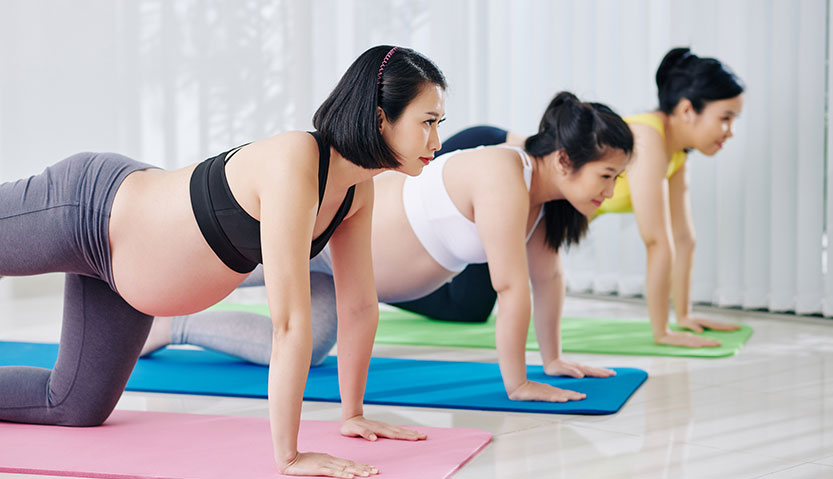
While you’re pregnant, an exercise routine can help both your mind and your body feel good and have benefits for your growing baby.
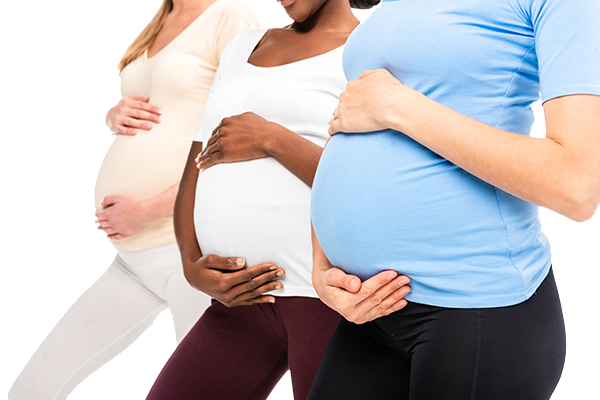
Taking care of your baby bump belly skin begins on day one when you find out you’re pregnant and continues until after your baby is born. Your body will change throughout your pregnancy journey, with your belly area experiencing the most significant changes.
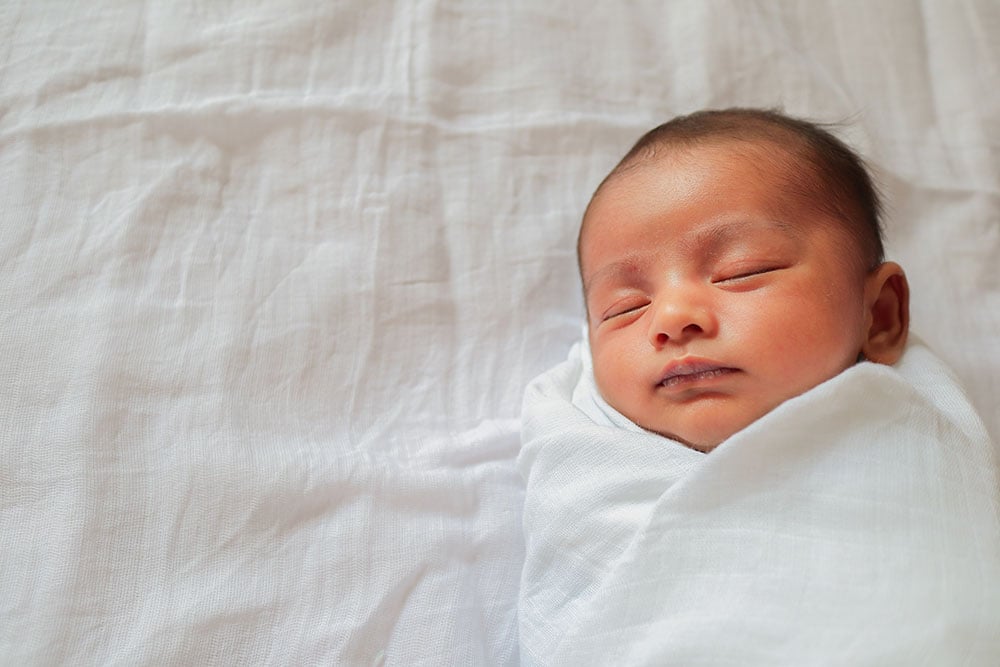
The American Academy of Pediatrics announced that only about half of the infants in the United States are put to bed in a way that follows the best medical advice.
Thanks to increased awareness about safe sleeping practices for babies, cases of sudden infant death syndrome (SIDS) have fallen by more than 50 percent in recent years. While progress has been made, there is still a long way to go.
If you’re a new parent, learn how to protect your baby while they slumber.
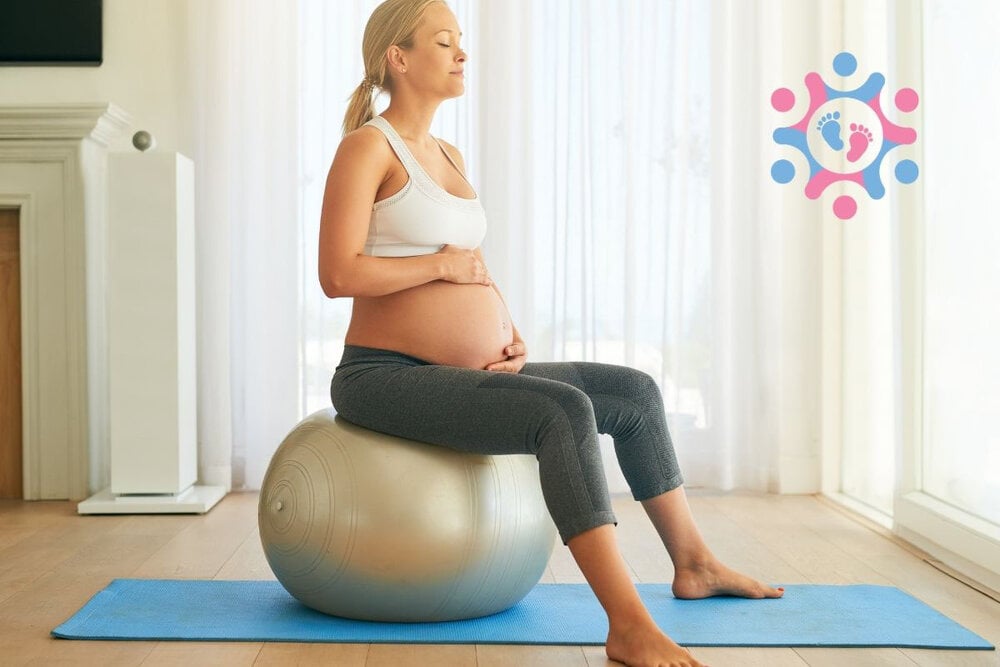
You are having frequent back pain.
Your ankles are swollen.
You're running to the bathroom every five minutes.
You can't find a comfortable position to sleep.
Unfortunately, stress during pregnancy is not just an inconvenience—it's unhealthy for you and your baby.
The good news is that you can cope with it. Your mental well-being is as important as your physical health, so here are a few tips to help you relax during pregnancy.
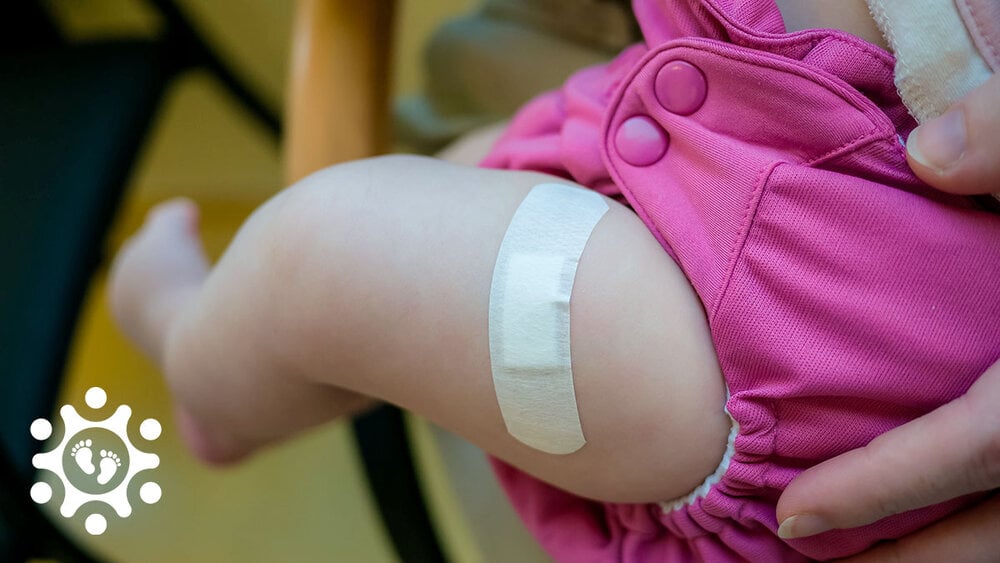
To vaccinate or not vaccinate? That is a debate where you will find strong opinions on both sides of the argument.
The Centers for Disease Control and Prevention (CDC) recommends vaccinating your child from birth through 18 years. However, depending on where you live and your child’s health, your pediatrician may recommend something different.
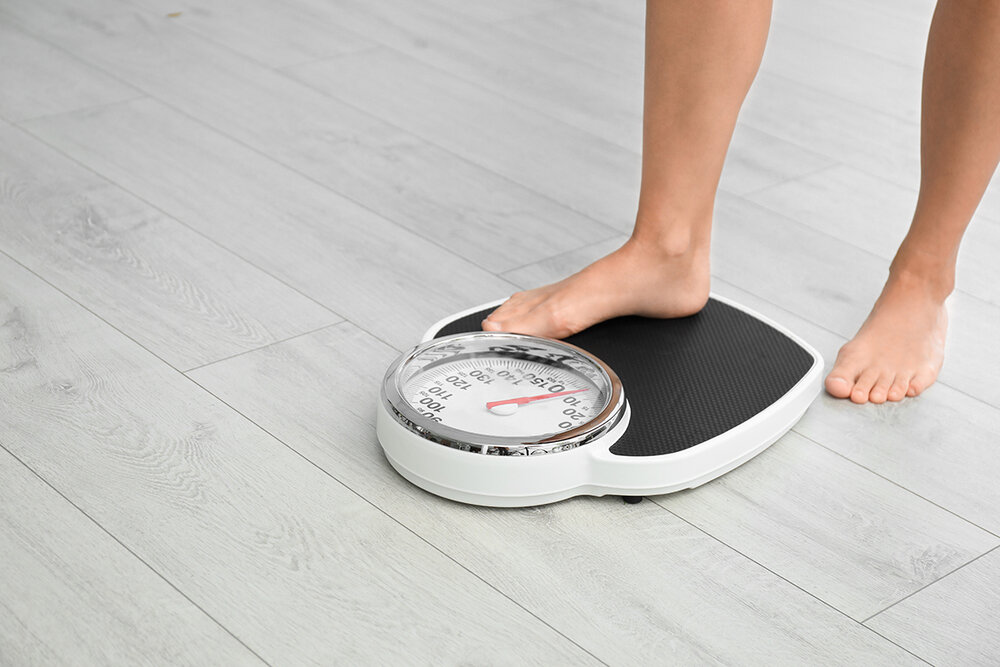
Managing your weight during pregnancy is important for you and your baby. It reduces your risk of birth complications and promotes healthy development. It also helps you to get back in shape after delivery.
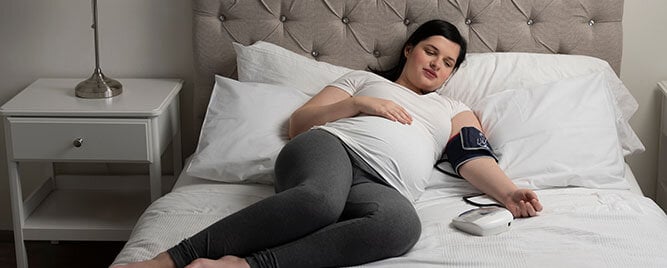
Preeclampsia is a serious condition that affects pregnant women and their babies. Preeclampsia occurs in about 5 to 8 percent of all pregnancies.
Recent changes in diagnosis have caused even more reported cases. That’s good because early treatment increases your chances for a healthy baby. There is no cure for preeclampsia, but understanding the condition can help you seek the care you need.
Learn more about what preeclampsia is and how to prevent and manage it.

Boy? Girl? Regular or menthol? Despite the risks of smoking, one in fourteen women said that they smoked while they were pregnant. Smoking can cause significant risks, not only with mom but also with baby.
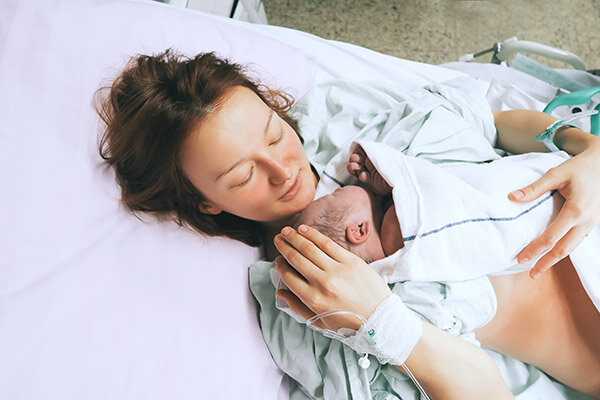
Postpartum refers to the first six-week period after childbirth. It's a beautiful time when you finally get to hold your baby, but it's also a healing period and an adjustment for mothers. As a mother, it's natural to have most of your focus on the baby, but you also need to focus on self-care.
You might have had a vaginal delivery or a C-section. You might have had an easy delivery or a complicated one. No matter your experience, your body needs to recover since it's gone through a trauma. The recovery can take months after childbirth. For most women, it takes approximately six to eight weeks. Your body will be going through a lot, and the best way to handle it is for you to rest and eat well. And don’t forget that your hormones also fluctuate, so you might feel very emotional.
After giving birth, there are several changes that you'll notice in your body during postpartum recovery. If you had a C-section especially, you'll have more restrictions on what you can and can't do. The following are some of the things you can expect after childbirth and how you can care for yourself.

Seventy-Five percent of pregnant women experience back pain during the end of their pregnancy, typically between months six through nine. Hormones that loosen ligaments, weight gain and a shift of gravity center are common reasons why. However, the biggest reason is that the uterus, typically in the pelvis, has moved to the abdomen, creating additional stress to the mom-to-be’s lower and mid-back.